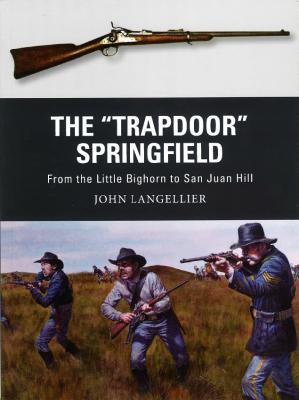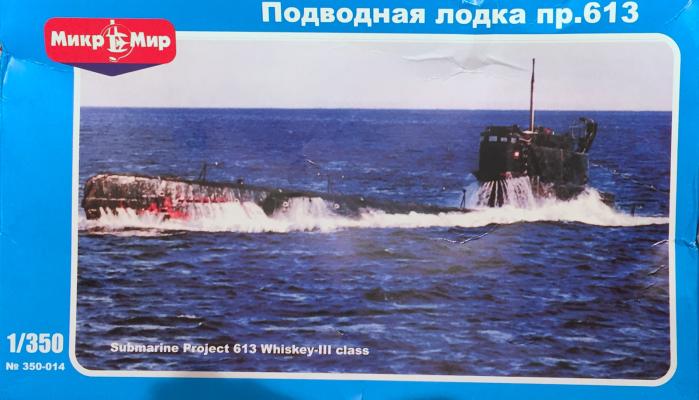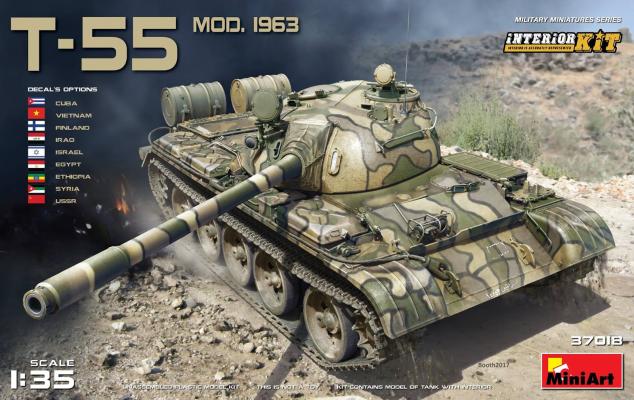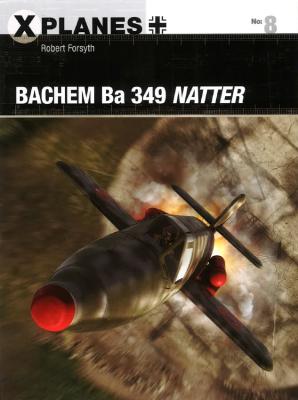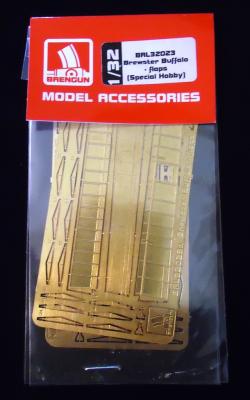John P. Langellier grew up in Tucson, Arizona and spent 12 years in the US Army. He received his Bachelor's and Master's degrees in History from the University of San Diego, and his PhD in Military History from Kansas State University. John helped found the Autry Museum of the American West in California and has served as the director for the Wyoming State Museum. He is the author of numerous books and monographs that include: The War in Europe: From the Kasserine Pass to Berlin, 1942-1945 (1995, Greenhill); Fix Bayonets: The U.S. Infantry from the American Civil War to the Surrender of Japan (1999, Chelsea); Second Manassas 1862: Robert E Lee’s Greatest Victory (2002, Osprey); Union Infantrymen of the Civil War (2003, Osprey); Fighting for Uncle Sam: Buffalo Soldiers in the Frontier Army (2016, Schiffer). John has worked as a film consultant in addition to producing many documentaries.
Welcome to the IPMS/USA Reviews site!
Introduction: The primary organization of the IPMS/USA Review website is by IPMS/USA National Contest Class. Within each Class there are sub-menus by kits, decals, books, etc. The Miscellaneous Class is for items that are not class specific or that cross two or more classes.
IPMS/USA Members: We encourage you to submit reviews, both here and to the Journal. To volunteer for membership in the IPMS/USA "Reviewers Corps" and submit your own reviews, please read the Guidelines For Submitting Product Reviews.
Manufacturers, publishers, and other industry members: IPMS/USA is pleased to offer your company the opportunity for product reviews. All product reviews are performed by IPMS/USA members, and are posted in the publicly-accessible section of our website. With very few exceptions, we perform full build reviews of new kit releases, aftermarket products, and supplies. If you would care to provide product samples for review, please contact John Noack, IPMS/USA 1st VP.
To learn more about IPMS/USA, please see our About Us page.
After having published someone else’s review on a Mikro Mir 1/350 submarine kit I was intrigued to build one for myself. After a quick review of the available models, I opted for the Whiskey III kit. I can say I’m very happy to have built my first ship model in over 40 years. The Whiskey Class of submarine was conceived in the late 1940’s with a design heavily influenced by the Russian analysis of a captured Type XXI U-Boat. During the 1950’s approximately 220 – 240 Whiskey class boats were built (Class I through V). Wikipedia reports that by the end of the cold war, all Whiskey class boats have been retired by the Soviet Navy.
Introduction
This is part 2 of the review of MiniArt’s T-55 Mod. 1963 Interior Kit, including assembly of the turret, tracks, fenders, and the remainder of the kit. Part 1 of this review included the engine, suspension, hull assembly, hull side panels, and rear deck panels.
This kit is one of MiniArt’s T-55 variants and follows their earlier series of T-44/54 Russian tank kits. Following their previous versions, this kit is first released with full interior detailing. MiniArt has also announced an IDF Tiran version of the T-55, and a T-55A Late Mod. 1965.
Robert Forsyth, born in Berkshire, England, has studied the history and operations of the Luftwaffe since his school days. Based in East Sussex with his wife, he runs an aviation and military publishing business full-time. He has written articles for the magazines Aeroplane , Aviation News, FlyPast, and The Aviation Historian, and is a member of the Editorial Board of the latter publication. He is the author of several hard bound books, including: JV 44 – The Galland Circus (1996), Battle over Bavaria – The B-26 versus the German Jets (Classic, 1998), Mistel – German Composite Aircraft and Operations 1942-1945 (Classic, 2001), Messerschmitt Me 264 Amerikabomber (Classic, 2006, with Eddie Creek); He 162 Volksjäger (Classic, 2009, with Eddie Creek); Heinkel He 111 (Crecy, 2014); Junkers Ju 52 (Specialty Press. 2015, with Eddie Creek).
Anybody who knows me and my modeling preferences know that I am NOT a fan of photo-etch for photo-etch’s sake. Too many model companies have begun including photoetch sheets in their products not because they actually enhance the accuracy and scale of the model, but because it gives them an excuse to jack the price up. This does not make me their friend.
That being said, there are times when nothing but photoetch will do the job. In this case, Brengun has offered a set to model separate landing flaps for the 1/32nd Special Hobby Brewster Buffalo, and what a lovely little accessory kit this is!
The parts come on two separate sheets – one for each wing – and feature not only the flap itself but the interior of the upper wing. They also include a somewhat cryptic instruction sheet to help with assembly. As a technical writer by profession, I can think of a few things that they might have shown differently, but it’s still clear enough to be quite functional.











